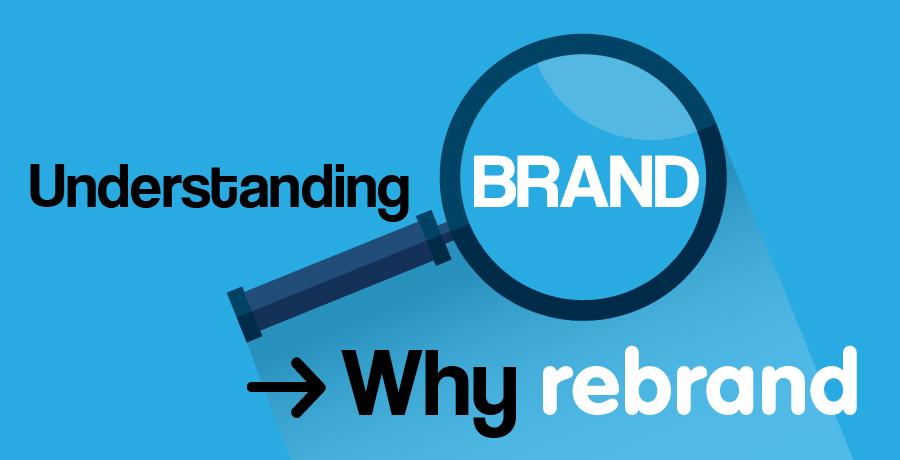
Understanding Brand: Why Rebrand
Branding is an ambiguous concept and so many companies don’t quite understand what it is, and why it is so critical to success. In my estimation, 9 out of 10 clients come to us first because they believe something to be broken in their marketing system. Something is out of alignment, and they’re not sure what it is – but our conversations usually focus around something very tangible, such as “my website stinks.” Often times, however, there is something going on in the bigger picture that is hard to identify when you are so close to your own business. Here are the 3 most common situations in which companies can benefit from rebranding.
Internal Transition
An internal transition is one reason organizations should consider a rebrand. In this scenario, something has changed, and often that change is in the group’s mission, core values, or the leadership and direction of the company. To reflect this change, a rebrand and strategic planning as to how to implement that brand work can be a key component in representing this change for the internal staff as well as customers and the general public. The updated brand and identity marks a milestone in the life of the company, showing in a more direct way that the company has made a change, and that even though the company has a great legacy behind it, here are the ways in which it is “new.”
Audience Shift or Disconnect
Audience disconnection or the changing needs of the audience is another reason to undergo a rebrand. From messaging to look and feel, resonance with an audience is core to the success of any brand, and over time it is normal that the market shifts; customers that were once a great fit have aged out of offerings, or a new generation of customers has been growing but isn’t being communicated to as effectively as the previous one was. In this scenario, it’s critical to examine all elements of your brand – visual identity, product offering, positioning and pricing to reconnect with your evolving audience.
The Brand is Outdated or Inconsistent
Sometimes, brands just age poorly. Like everything else, brands have a life cycle. A great brand can last years, but even those brands that have been fairly steady over the long term have made adjustments over time. Think Apple – Even though the messaging and mark have been fairly consistent over the past 10-15 years, minor adjustments are made every year to keep it fresh, but are often so subtle that it takes a careful eye to notice the shift. In this way, Apple consistently looks current but without a dramatic or disruptive change. One major point to make about a rebrand like this is that it often means evolving instead of throwing out the old. Often core elements, such as a logo, will remain untouched or have only minor tweaks. Sometimes it’s everything around the logo that needs the work. Adding new elements or a fresh perspective to the visual identity can help your brand evolve and stay relevant over time.
In closing, the reasons for rebrand can vary greatly between organizations. In my years of working with companies big and small to define their brands and better connect with their customers, these are the three reasons I have seen that compel a struggling brand to take action and start making the shift.

Tell us what you think
Share your thoughts here in the comments! Have a burning question or feedback about the topic? Let’s keep the conversation going.